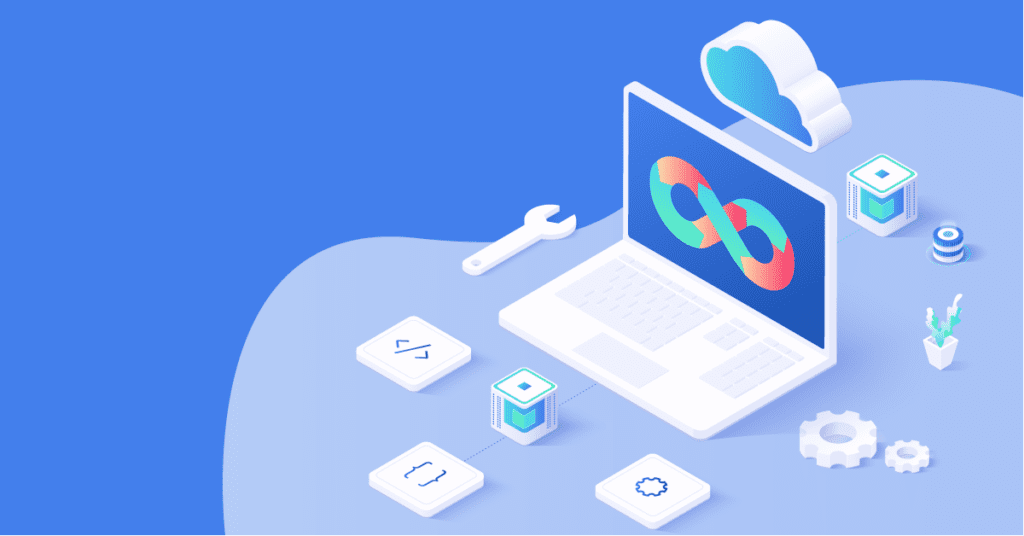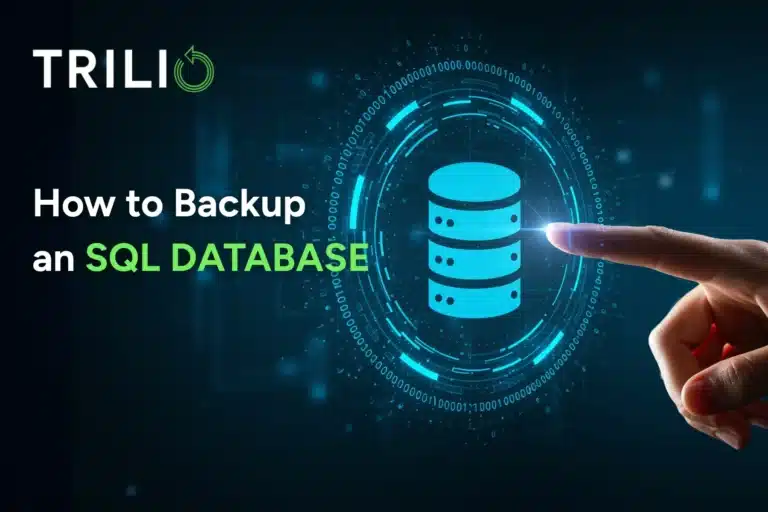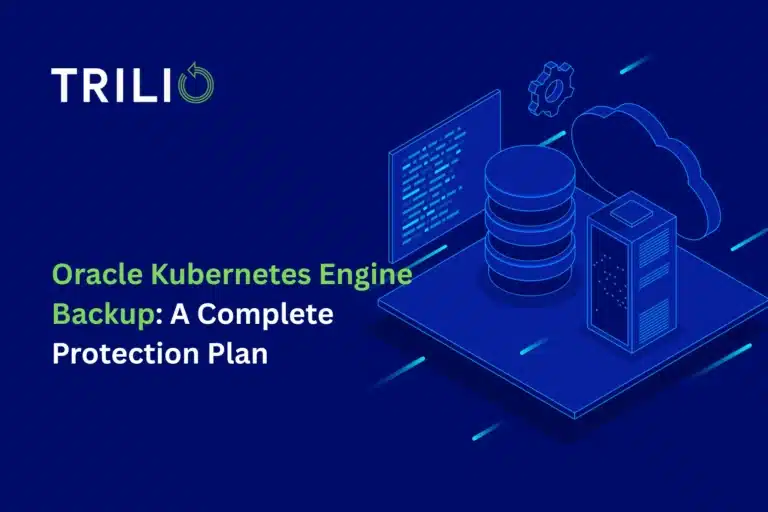Empowering DevOps with Backup Designed for the Cloud
Organizations are finding that DevOps and cloud-native technologies fit hand-in-glove to promote greater collaboration. One cloud-native technology that is all too often overlooked is a cloud-native backup. Cloud-native backup explicitly designed for the cloud is critical for applications and services running in distributed environments.
Neither legacy backup solutions nor the tools already inside of cloud environments are sufficient to keep your data protected and — in the event of a disaster — perform a full restore of your cloud applications. If you want to protect your cloud-native applications, you need backup.
Together DevOps, cloud-native tools, and cloud-native backup facilitate rapid deployment and continuous improvement without disrupting operations.
Introduction
Cloud-native applications are built for the cloud in order to take full advantage of the scalability and flexibility of that environment. Applications built using cloud-native architecture enable organizations to move faster — whether that’s going to market or responding to customers. They can be designed (and run) on public, private, hybrid, or multi-cloud. What’s important isn’t where the application runs, but the way it was created and deployed.
One of the things that make cloud-native such an important innovation is the way it empowers developers. Cloud-native provides developers with on-demand access to computing power and modern data and application services. Beyond that, cloud-native development incorporates concepts from DevOps culture, which stresses building, testing, and releasing software quickly, frequently, and consistently. This requires agility, speed, and efficiency — all virtues of cloud-native development.
What is Cloud-Native Backup?
Cloud-native applications are built and designed for the cloud. This design enables a consistent development and management experience across all types of clouds — public, private, hybrid, and multi. Rather than being monolithic, these applications are a collection of loosely coupled services. This structure makes it faster and easier to build, ship, port, and modify.
Cloud-native backup solutions are designed from the ground floor up to the cloud. The secret to their success is that cloud-native backup is built and functions like a cloud-native application. Cloud-native backup also avoids monolithic architecture, allowing it to thrive in containerized environments where legacy backup suffers.
Legacy Backup Falls Short
It’s a sad truth that legacy backup technologies can’t keep up with the dynamic nature of cloud-native applications. There are many reasons for this, but it all boils down to one thing — legacy backup technology wasn’t built for the cloud. Legacy backup solutions were designed for monolithic, fairly static applications, have strong operating system dependencies, and generally capture only data volumes (no metadata).
One of the most important reasons why DevOps pros need cloud-native backup is that it is capable of capturing and storing the application data and metadata together. Most legacy backup applications capture the data and not the metadata. While this works fine in a monolithic legacy application, this won’t work for a microservices-based or containerized environment. On the cloud, that metadata is necessary for everything from container orchestration to application management.
Multi-tenancy is also an inherent feature of all clouds. Legacy backup solutions often lack multi-tenancy capabilities because they only focus on the IT admin persona and ignore the developer persona. However, with cloud-native applications built with microservices, multi-tenancy is an inherent feature of the platforms, so they are built and designed for it. You can’t assume that your cloud administrator has visibility into all tenant applications and the configuration and metadata that go with the apps.
Why DevOps Needs Cloud-Native Backup
It’s common on the cloud to choose not to use any kind of backup and recovery platform at all. Instead, they rely on backing up etc,d and snapshotting data for recovery, which comes with its own problems. Etcd may seem like a good way to capture application data, but extracting it from etcd is a time-consuming process.
Furthermore, for reasons of consistency, it needs to be captured with the application metadata at the same time. This is even more important in a dynamic environment like, for instance, Kubernetes. It’s also not as easy as it sounds. Trying to handle the snapshots manually, sets you up for consistency problems. A cloud-native backup and recovery platform can manage snapshotting so that data and metadata are captured and stored together.
As databases become increasingly mainstream within Kubernetes, it’s becoming more and more important to keep application data consistent via quiescing. Cloud-native backup and recovery platforms like TrilioVault allow you to quiesc the data before taking a backup. Snapshots do not. Without quiescing, you get a type of backup with a greater chance of data loss during recovery. With quiescing, you don’t miss anything when you recover. This makes using snapshots a potentially big risk.
In addition, it’s important to take into account the ease of portability. Before moving an application to a new platform, you may need to tweak the metadata. Otherwise, inconsistencies in the naming conventions between clusters can cause failure. Without the ability to tweak the metadata, restoring applications becomes a much more difficult and failure-prone process. The tools necessary to safely and reliably change the metadata come as part of a cloud-native backup solution.
Finally, it’s easy to see that a considerable amount of time and effort would need to go into building and maintaining snapshot and etcd backups. Not only that, but, with maintenance and upkeep, this becomes a chunk of time and effort that has to be permanently allocated here instead of to another area of the business. And none of that ensures a successful recovery from a disaster. With all of the time and effort expended, it’s easy to see that this is a situation that fully justifies a turnkey solution. Implementing cloud-native backup and recovery can give you that time back.
Final Thoughts
As part of a strong DevOps program, cloud-native development needs to be augmented with cloud-native backup as an essential tool. The TrilioVault solution can not only provide cloud-native backup, but it\’s also application-centric, designed for containerized environments, and native to Kubernetes, OpenStack, and RHV.
Contact Trilio to learn more about how TrilioVault can help power your cloud development.




